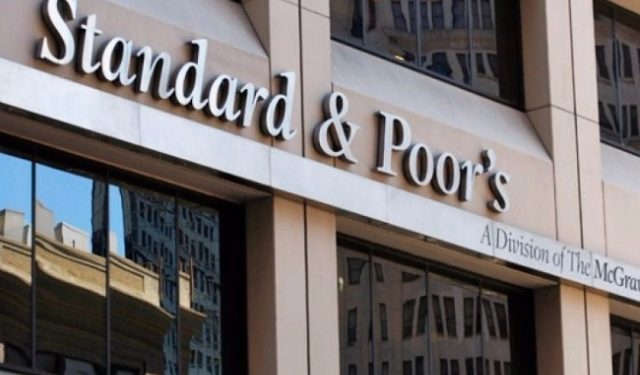New Delhi: At a time when the Union government is considering going for aggressive disinvestment in different state-owned firms, popularly known as central public sector enterprises (CPSEs), observation by a global rating agency has come as a shocker for it target.
S&P Global Ratings has observed that higher disinvestment and dividend target for such CPSE’s may strain their credit profiles.
The observations come just days after Union finance minister, Nirmala Sitharaman, during her Budget speech on the floor of the Parliament on July 5, 2019 announced that the government had increased the disinvestment target to Rs 1,05,000 crore for the financial year 2019-20, over 16 per cent from the interim Budget target.
S&P forecast the general government’s net indebtedness at 67.1 per cent of GDP by the end of the current fiscal year against a projected fiscal deficit of 6.7 per cent of GDP.
“In the context of fiscal constraints, a higher divestment and dividend target for state-owned entities (SOEs) may strain their credit profiles, especially if an SOE has to buy a government stake in another SOE or pay more dividends than free cash flow allows, to support these policy objectives,” the global rating agency has observed.
The Budget 2019-20 has set a disinvestment target of Rs 1.05 lakh crore, while Rs 57,487 crore is expected to come from central public sector enterprises (CPSEs) as dividend.
However, the global rating agency, at the same time, has steps toward private participation in rail infrastructure are likely to create growth opportunities for corporate houses.
“A more aggressive divestment plan of SOEs and moves toward private participation in rail infrastructure are likely to create growth opportunities for corporates across sectors,” it said. S&P also said the government’s growing emphasis on private sector participation reflects its limited fiscal space.
As on March 2019, the Union government had already exceeded its disinvestment target for the fiscal year 2018-19. Against a target of Rs 80,000 crore for disinvestment, the receipts touched Rs 85,000 crore.
However, while addressing her Budget speech on the floor of the Parliament on July 5, 2019, Sitharaman assured that the Union government will be following the policy of disinvestment in non-financial public sector undertakings without taking the government’s stake below 51 percent.
According to S&P, capital expenditure as a percentage of total proposed expenditure remains very low at just 12.1 per cent, approximately equal to total expenditure on subsidies. “Elevated general government deficits and indebtedness will continue to cap direct infrastructure investment,” it said.
S&P also said that general government deficits will remain elevated despite the marginal decline at the Union government level to 3.3 per cent of GDP this fiscal year projected in the budget.
The global rating agency believes that the government’s proposed injection of Rs 70,000 crore into the banking sector as capital support should help stabilise financial sector’s conditions, although the funding is likely to weigh on government finances at the margin.






































